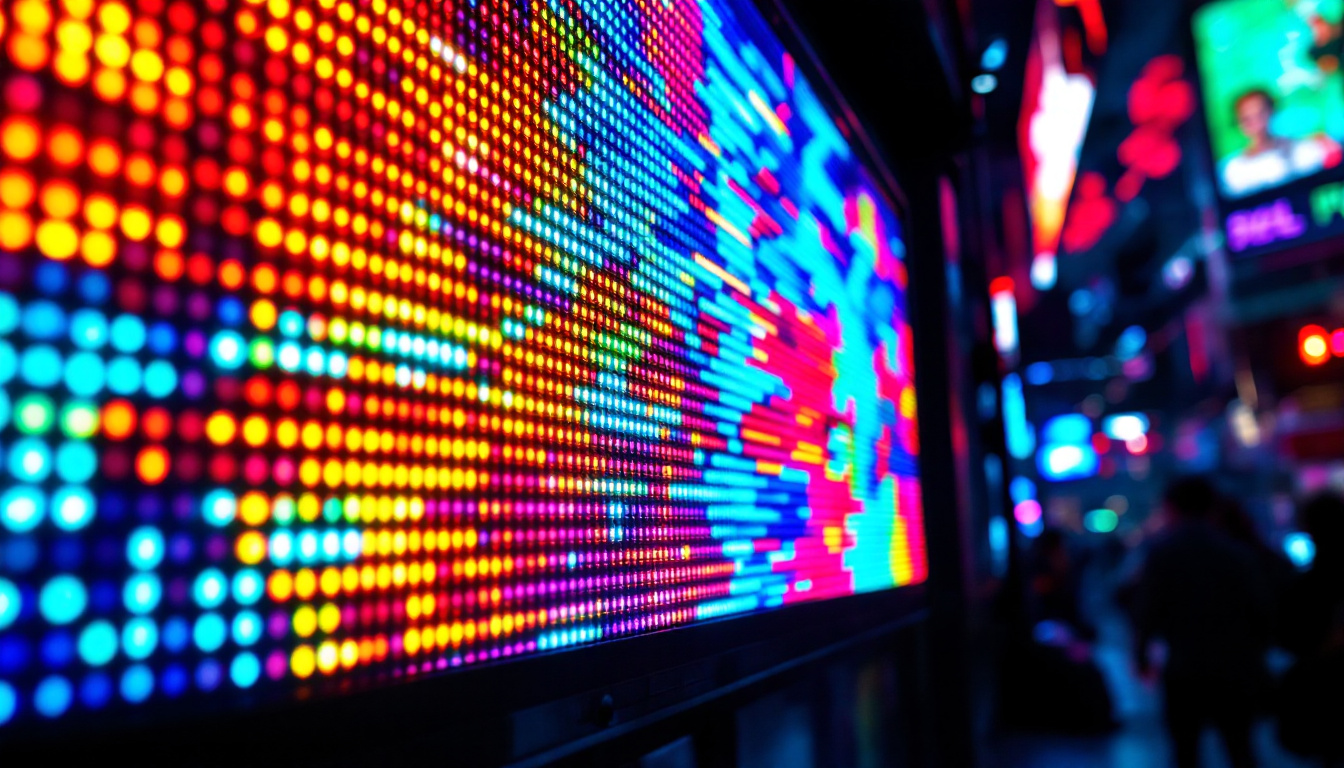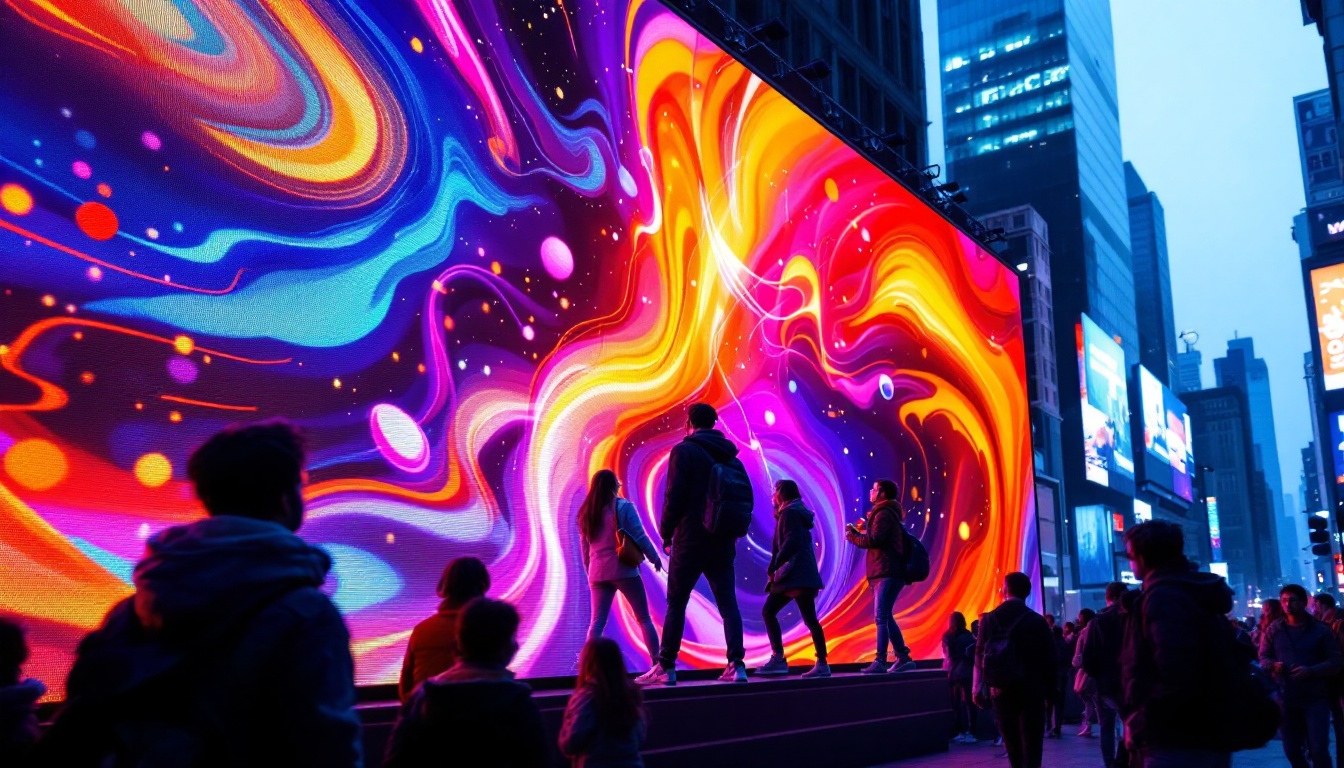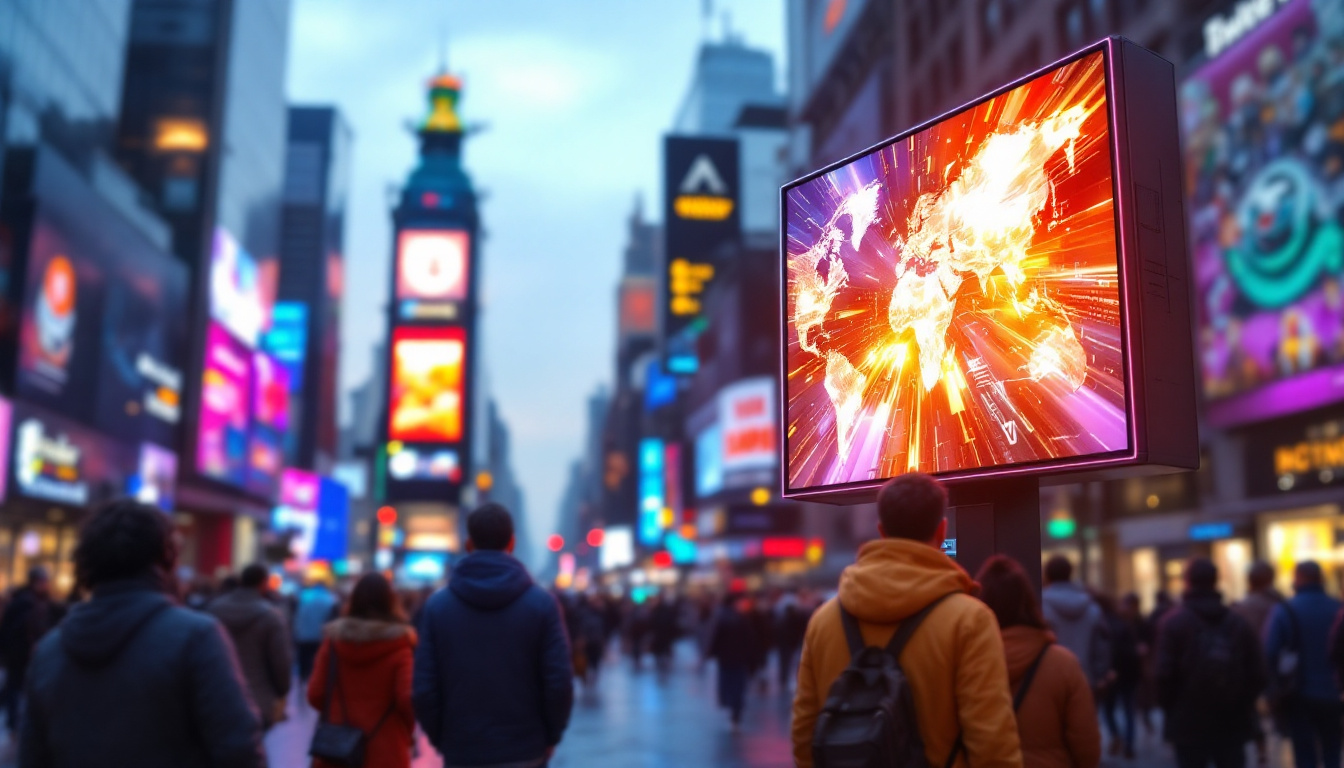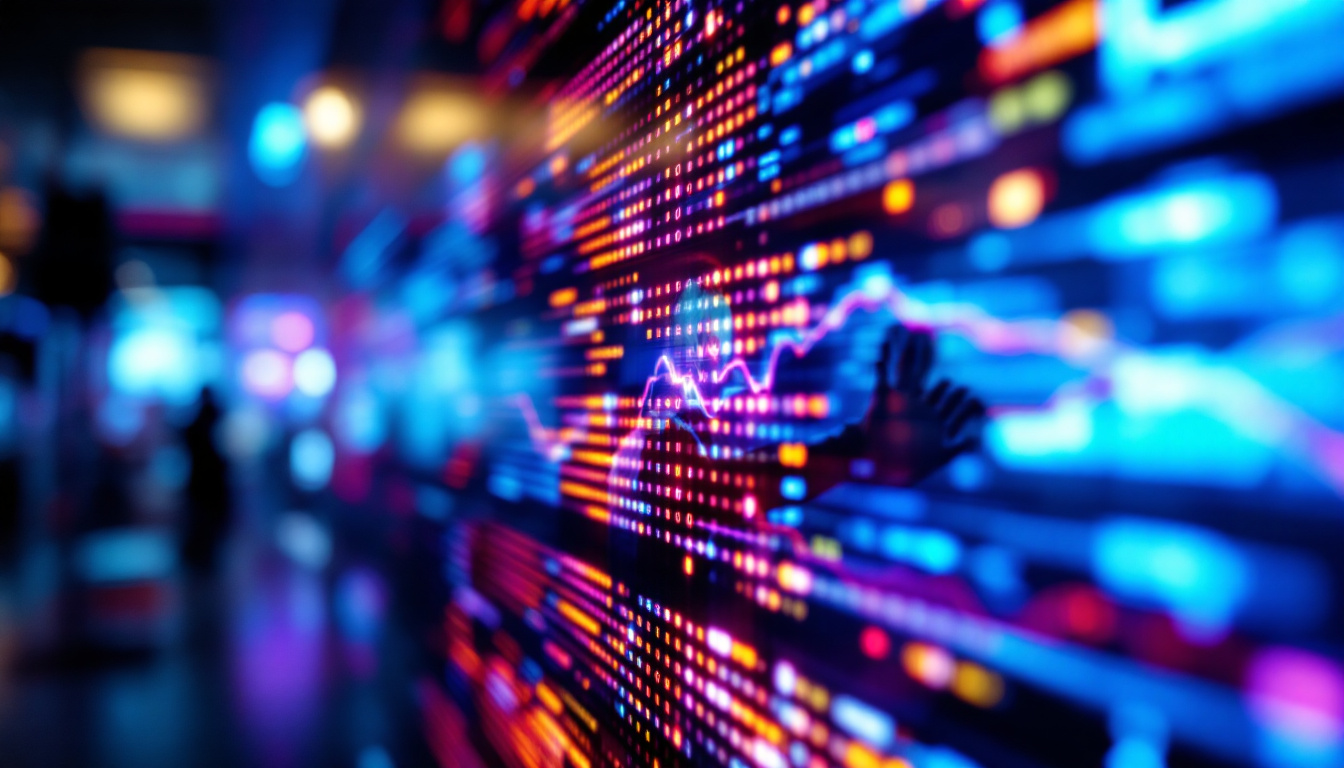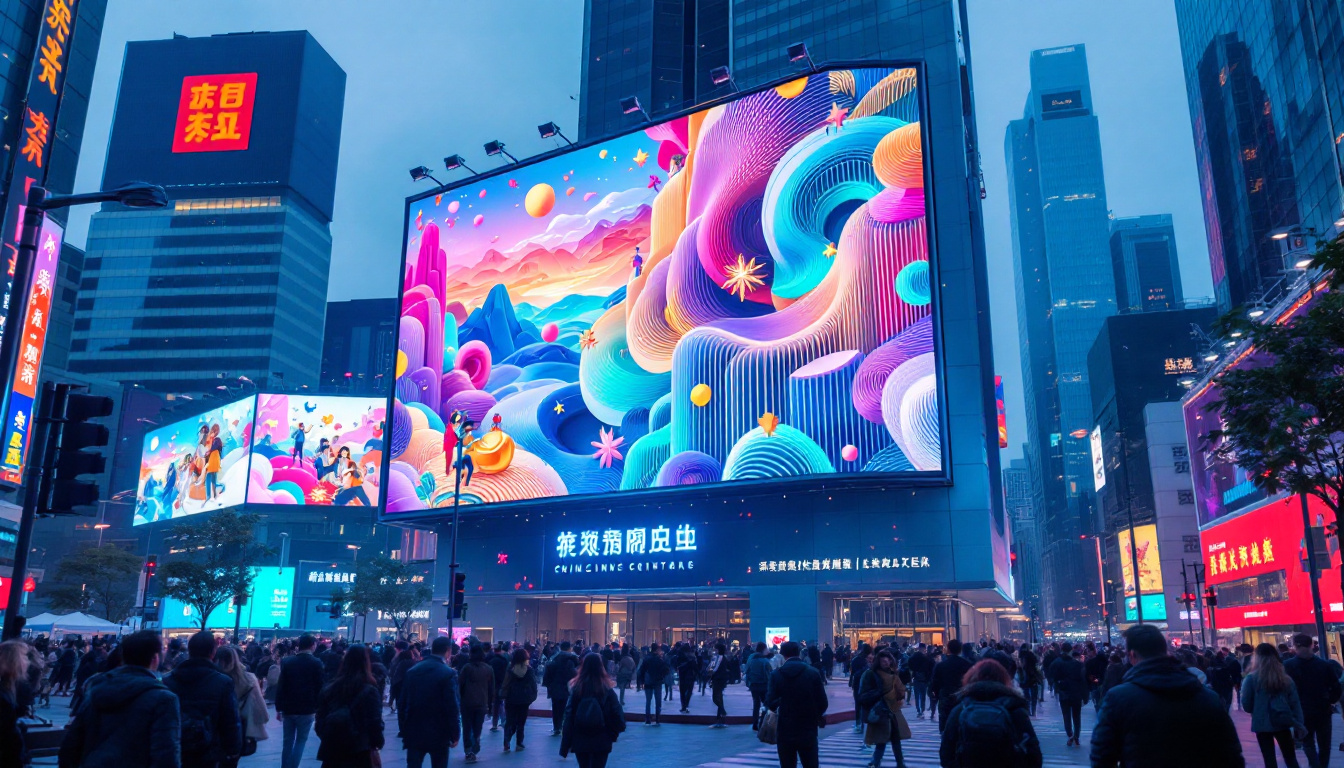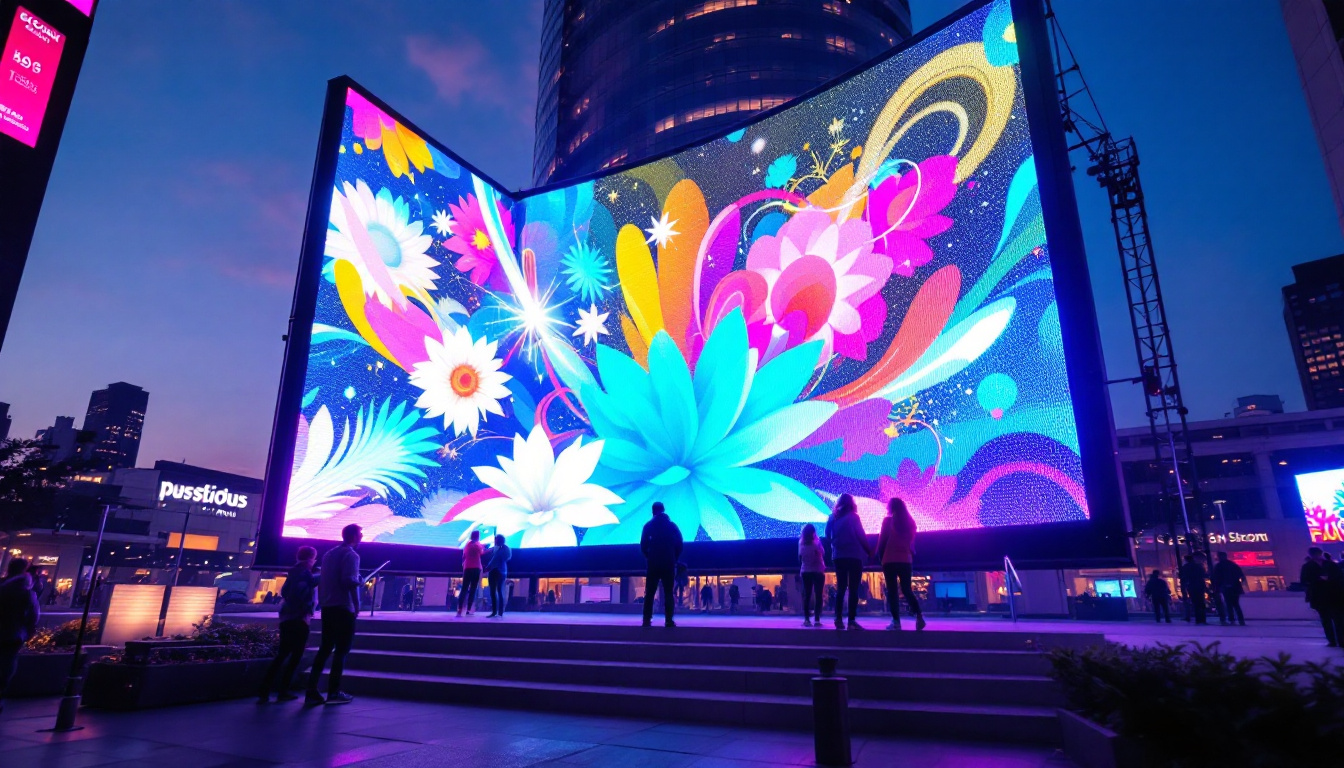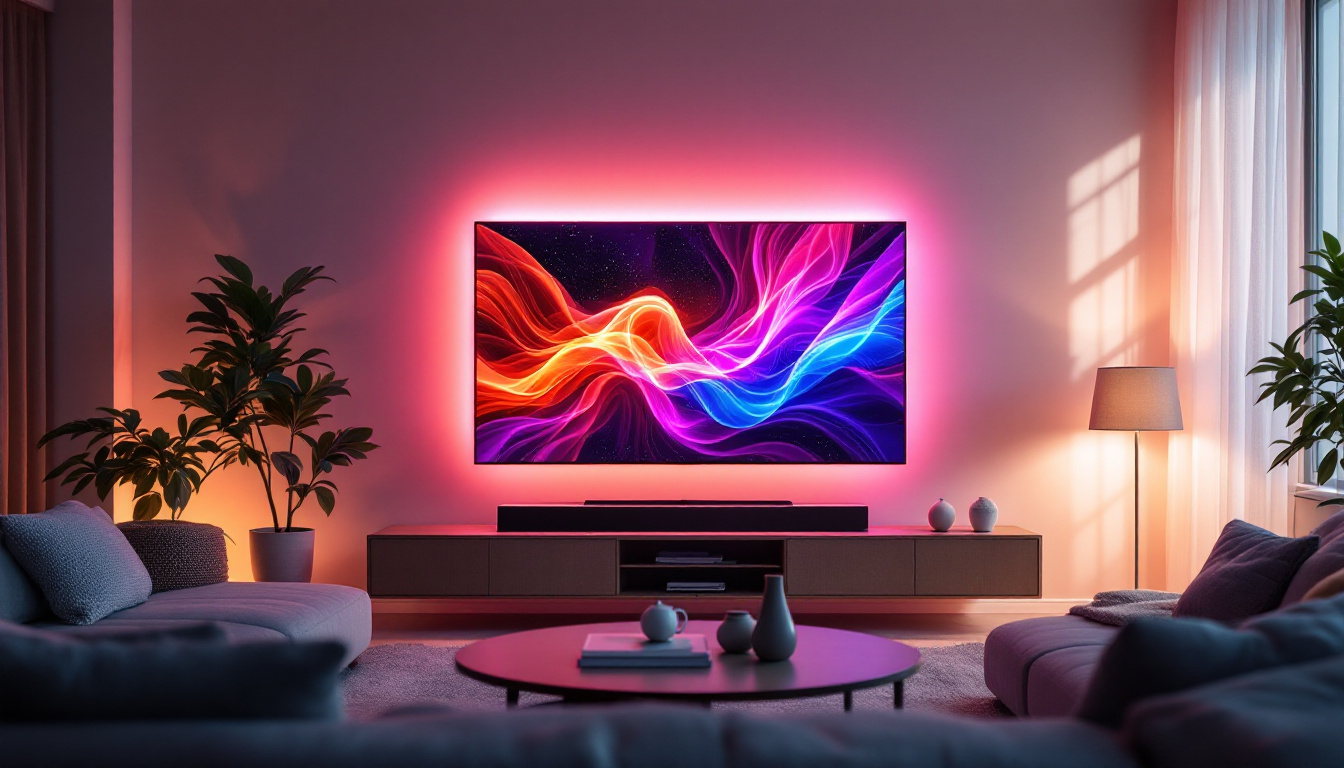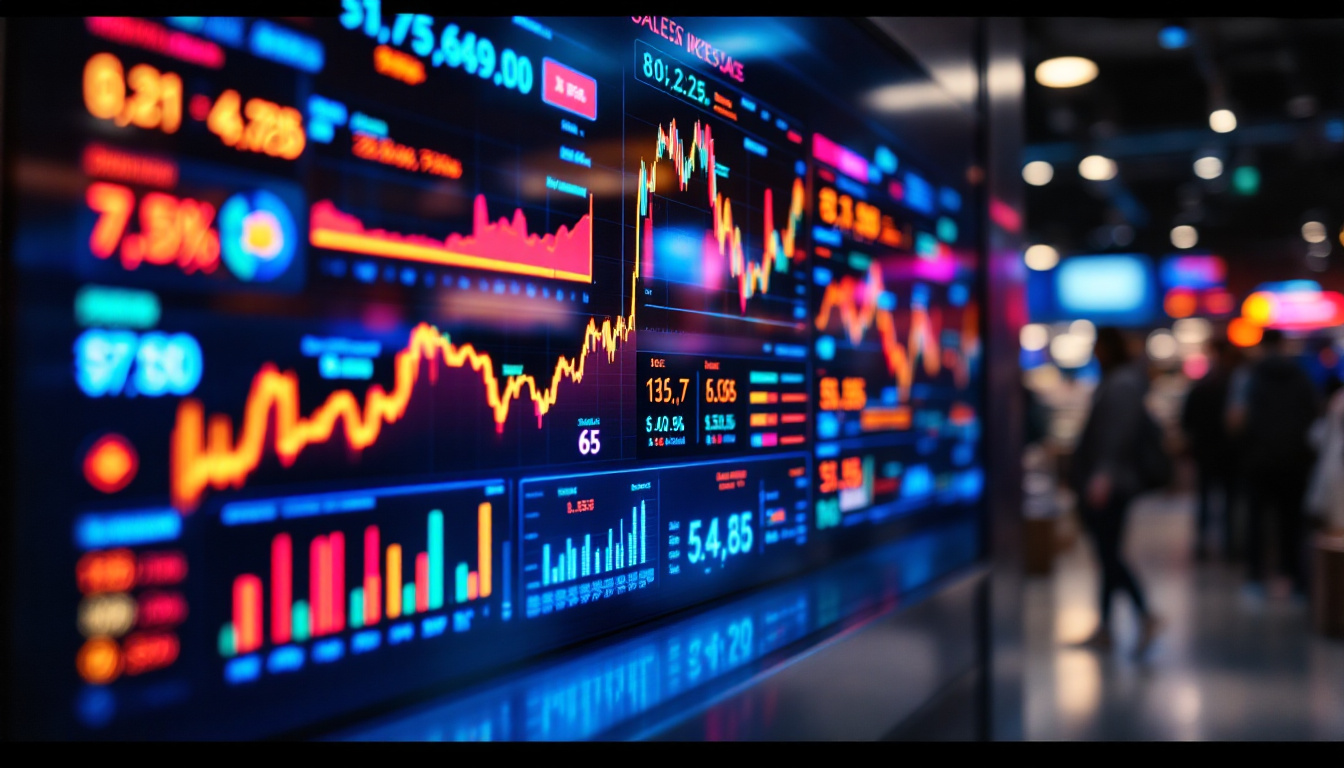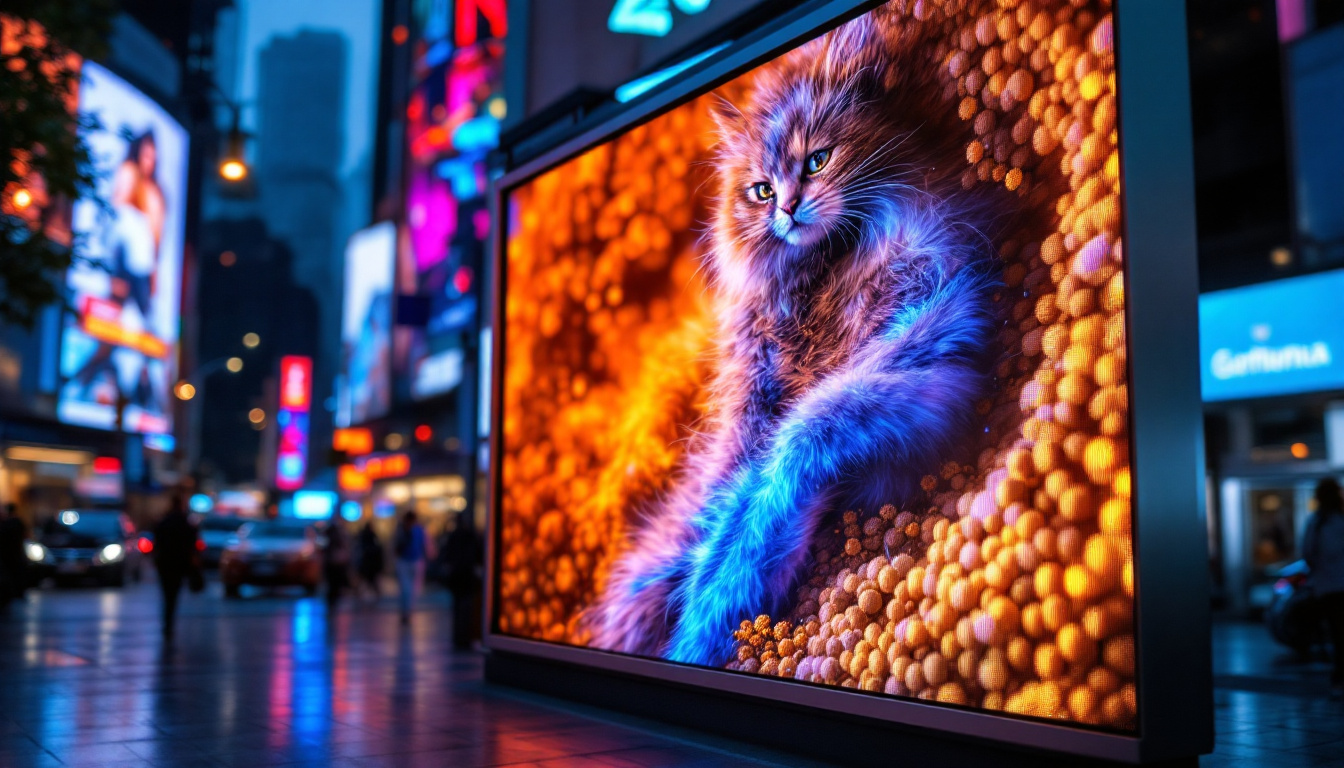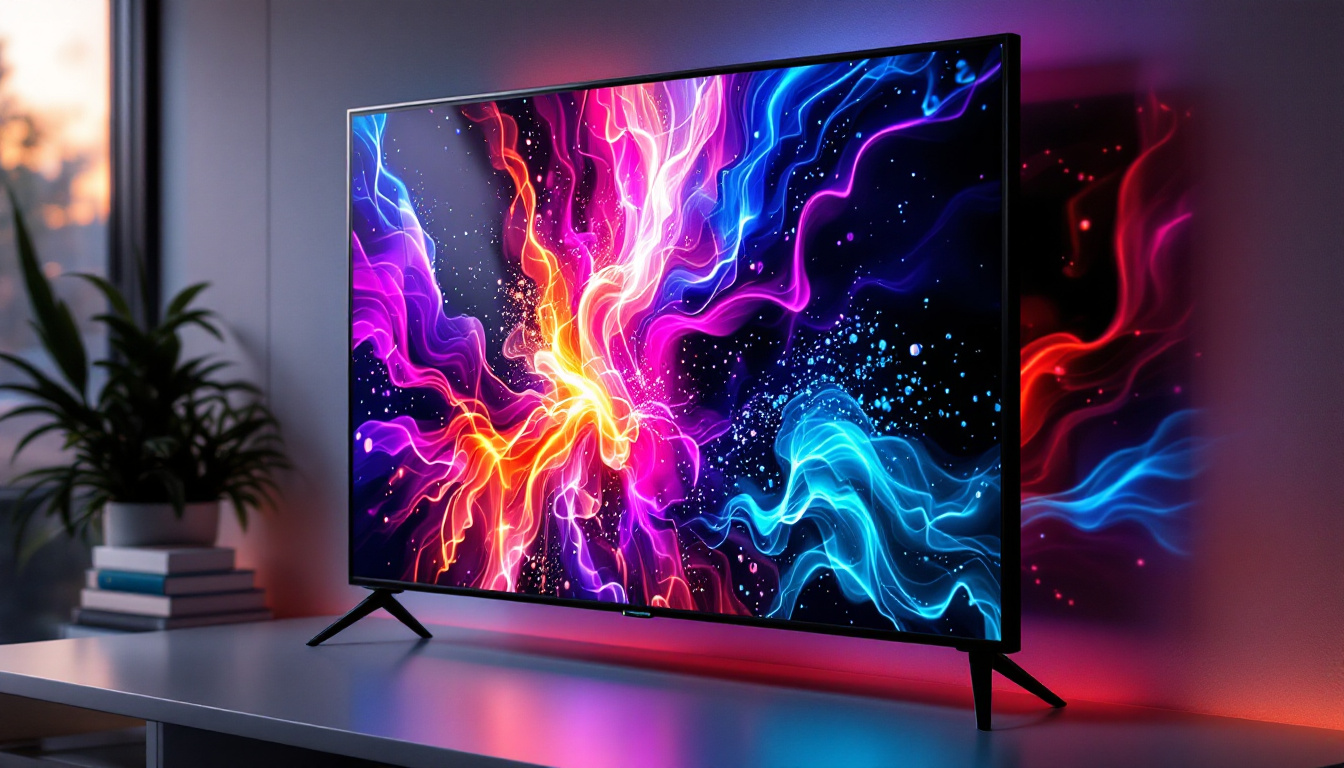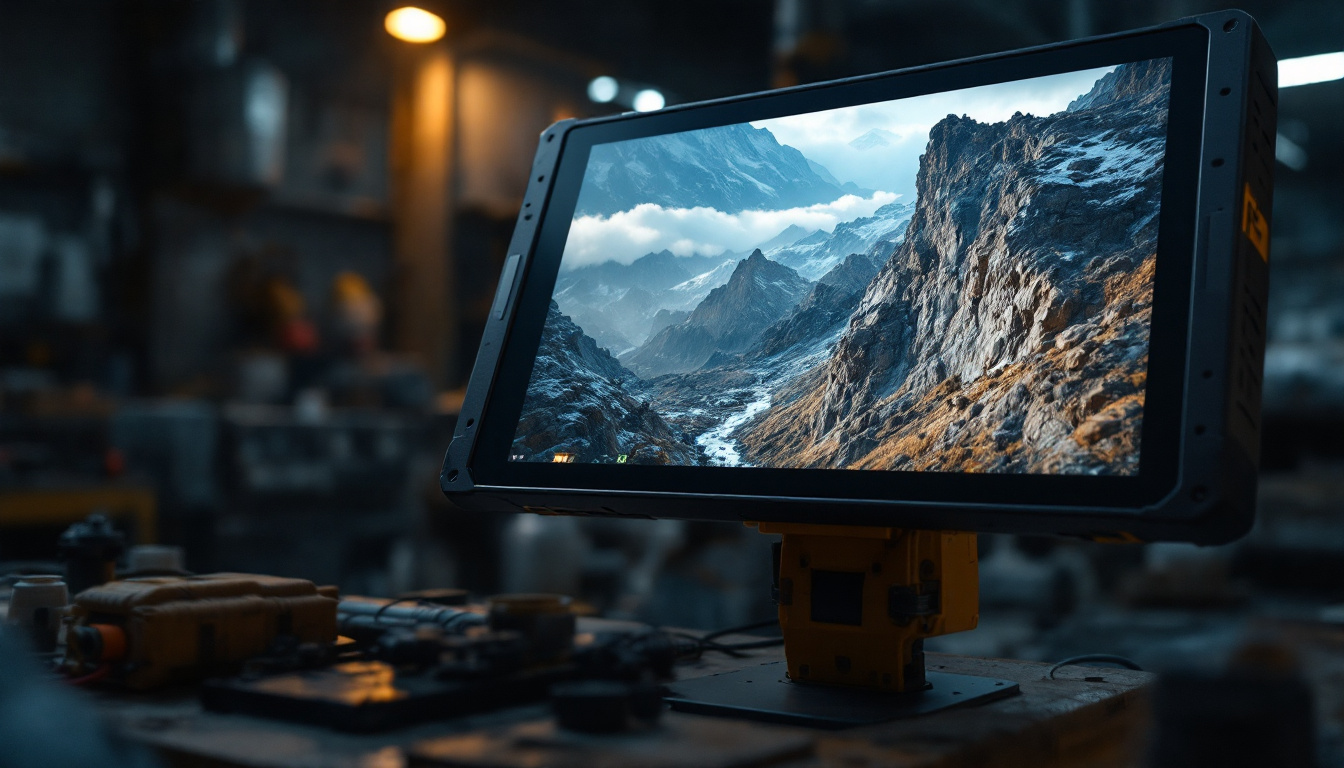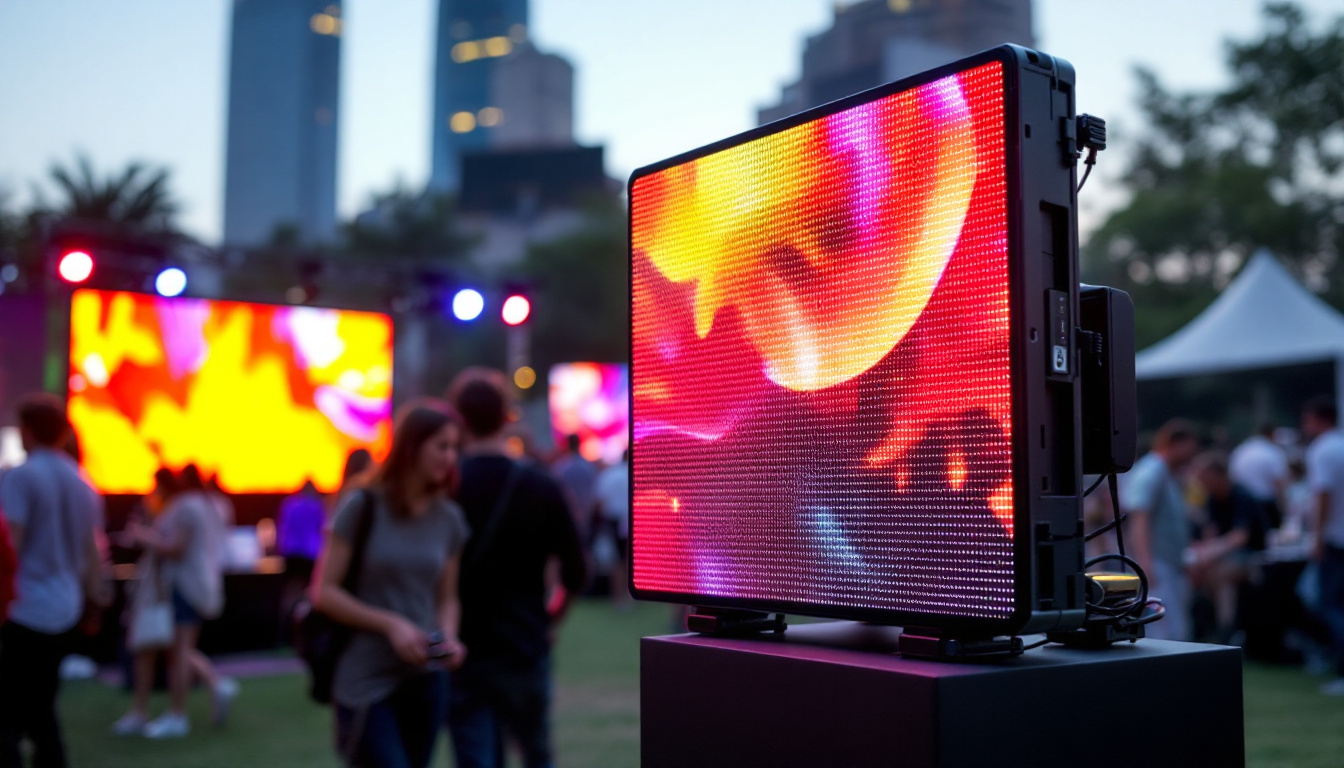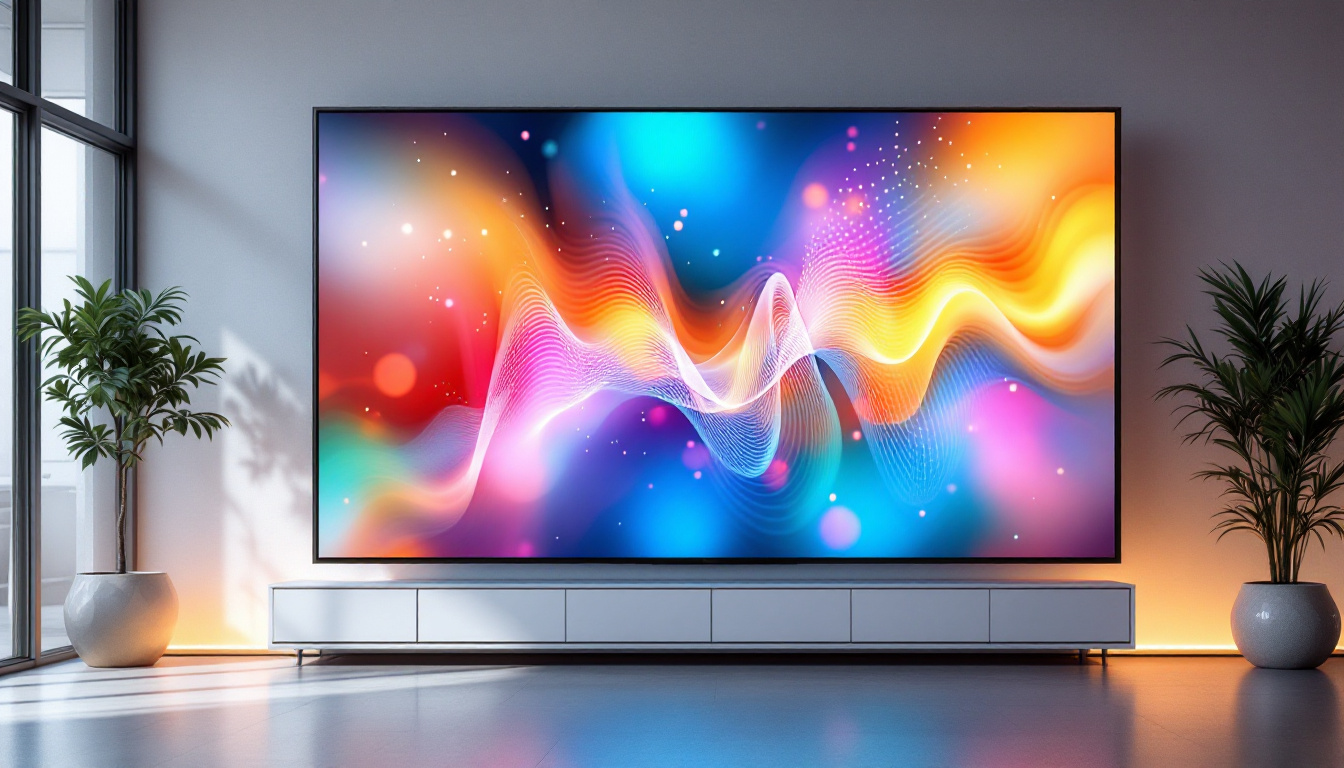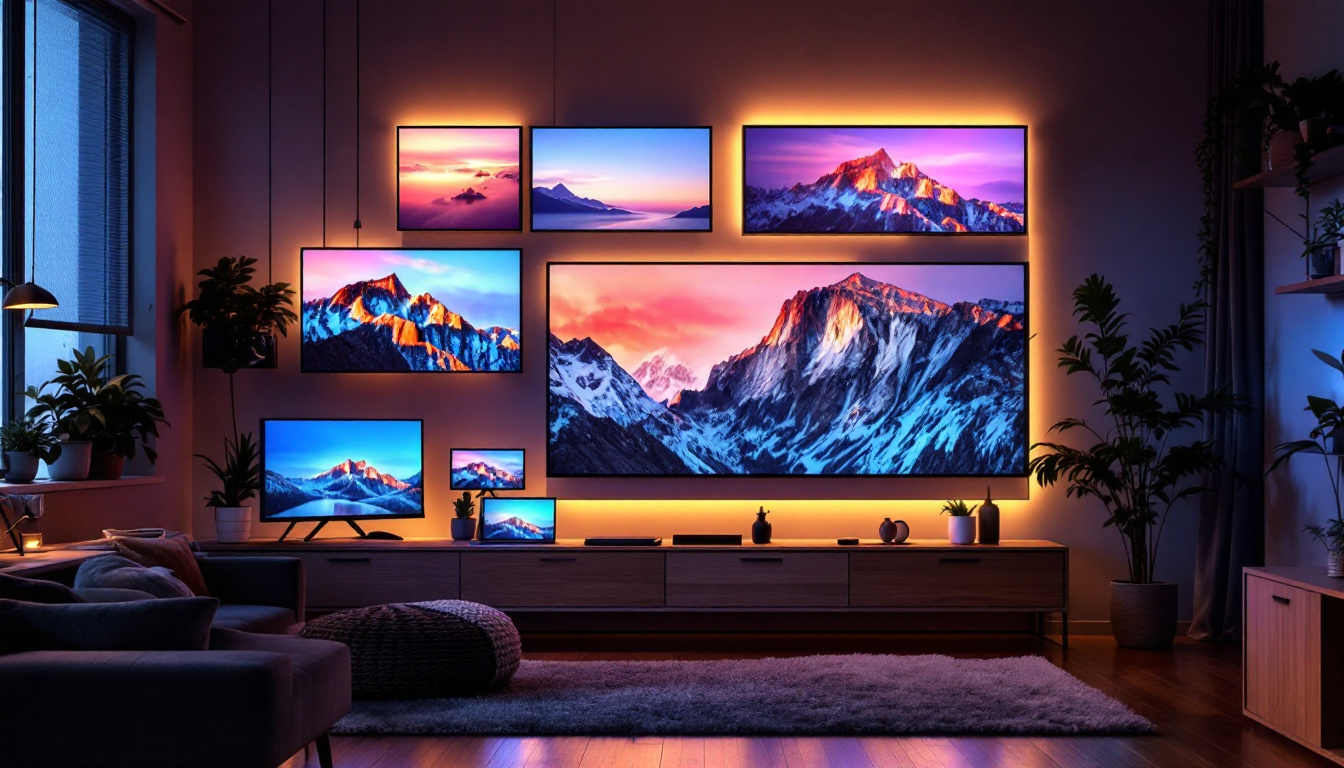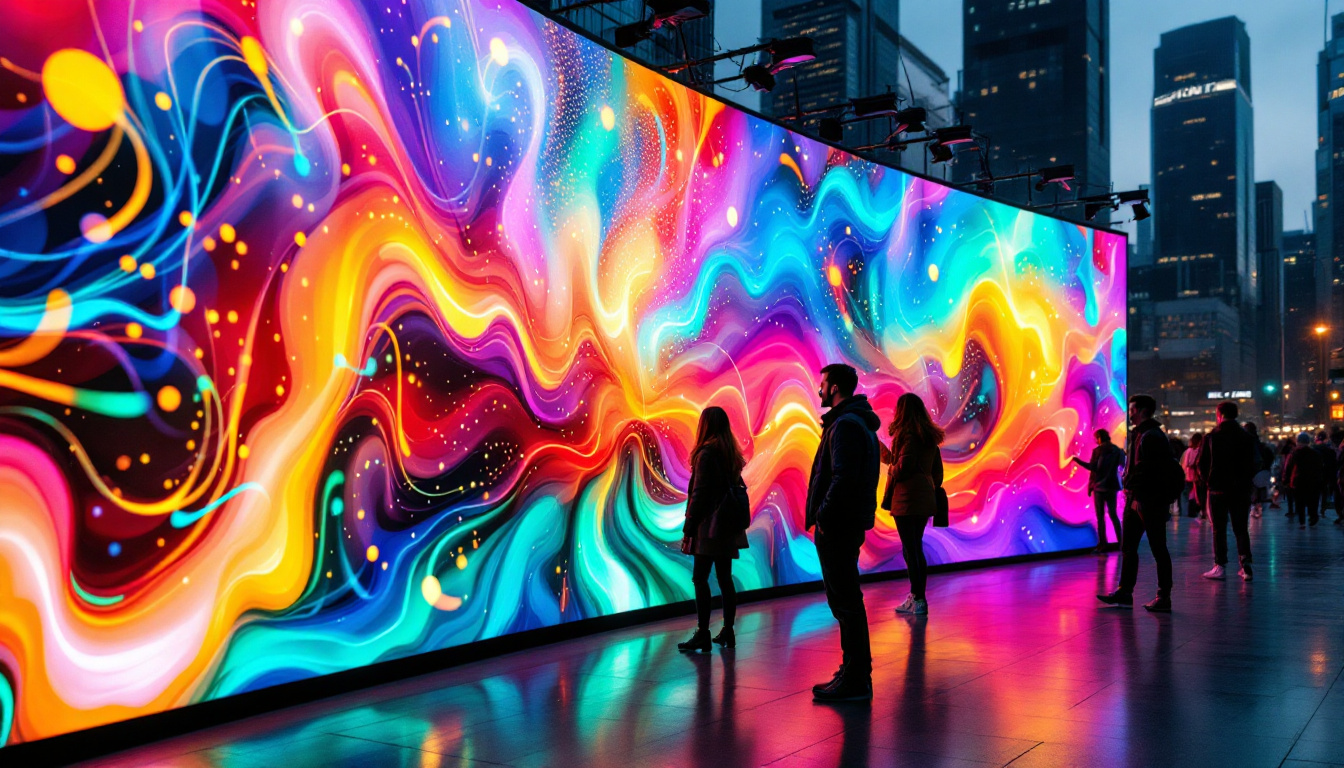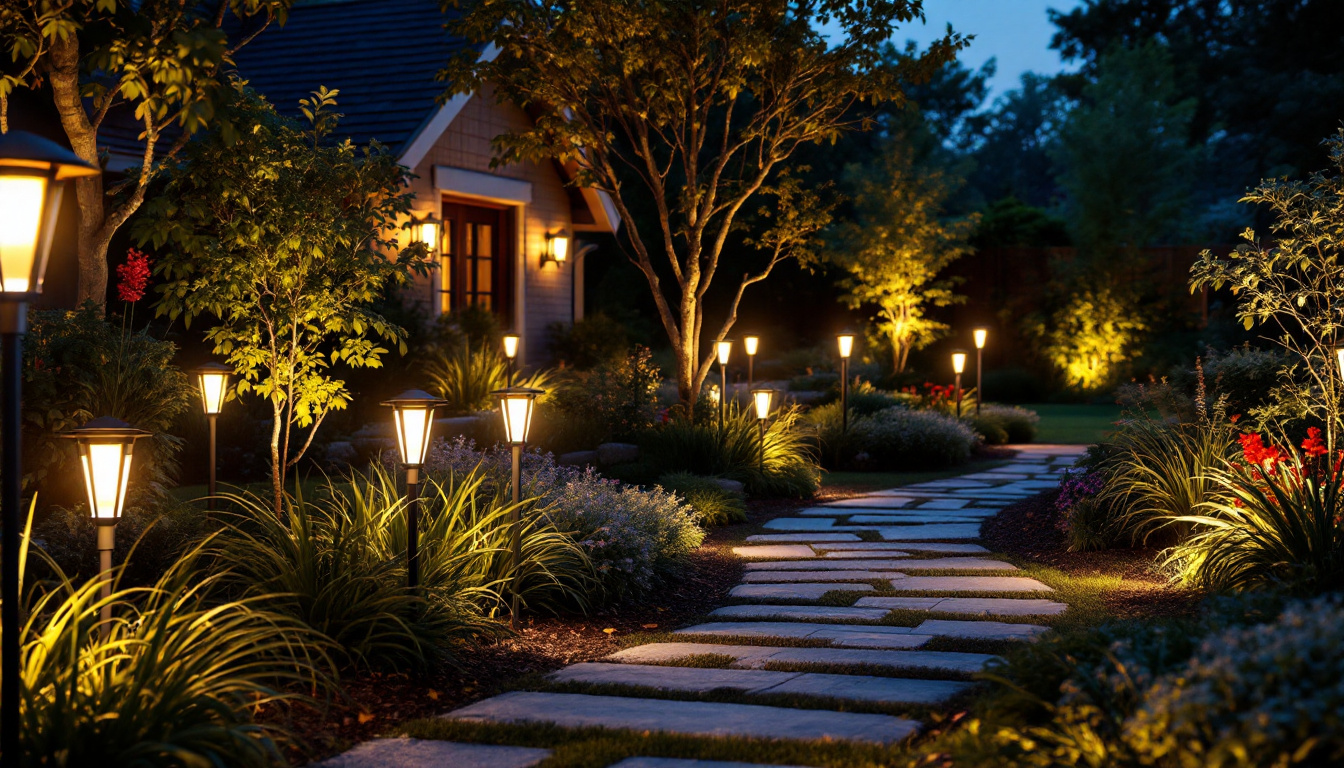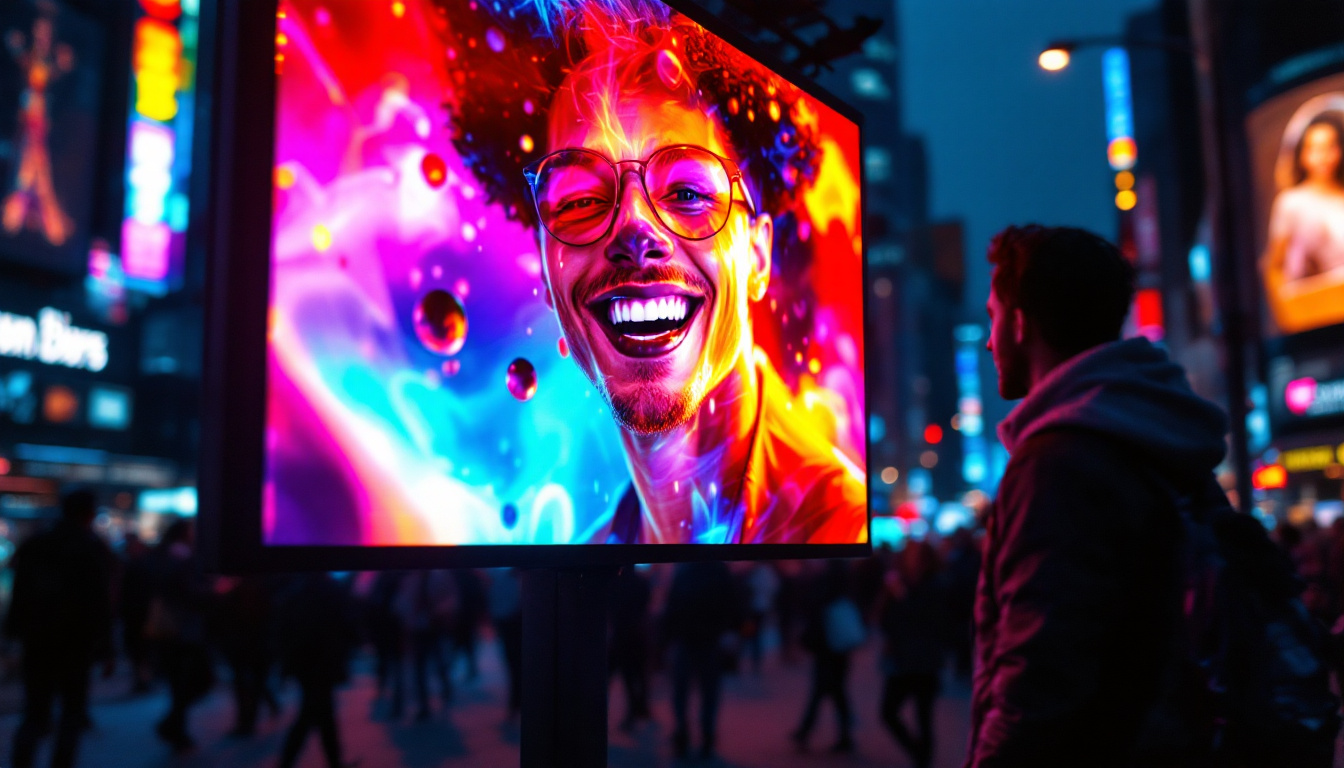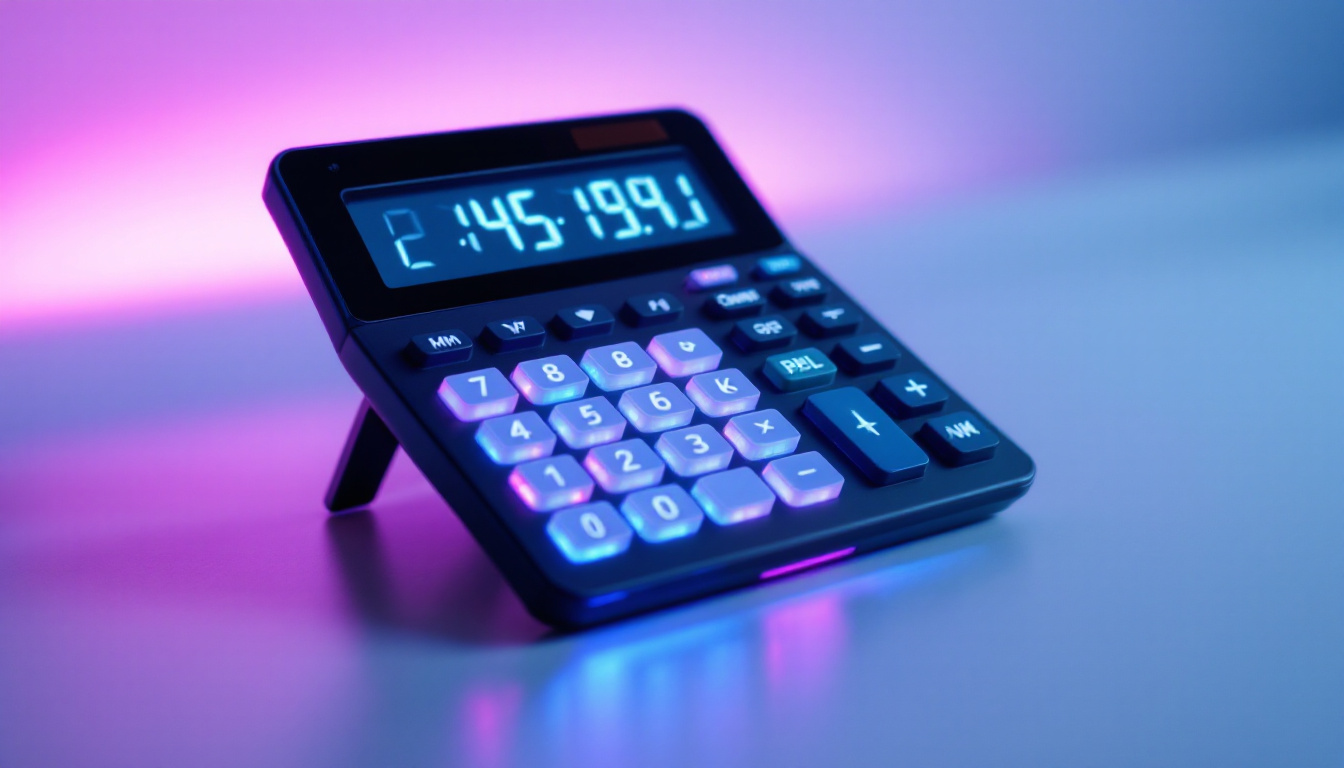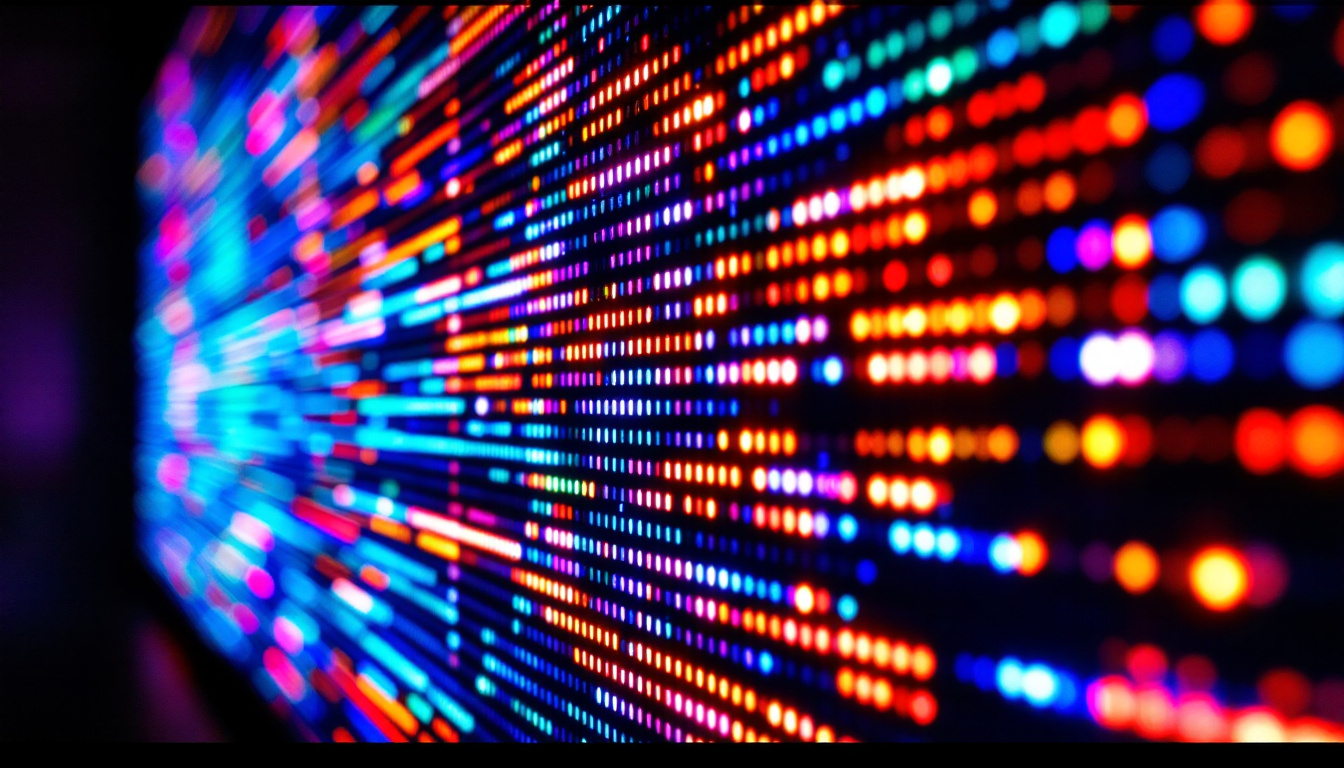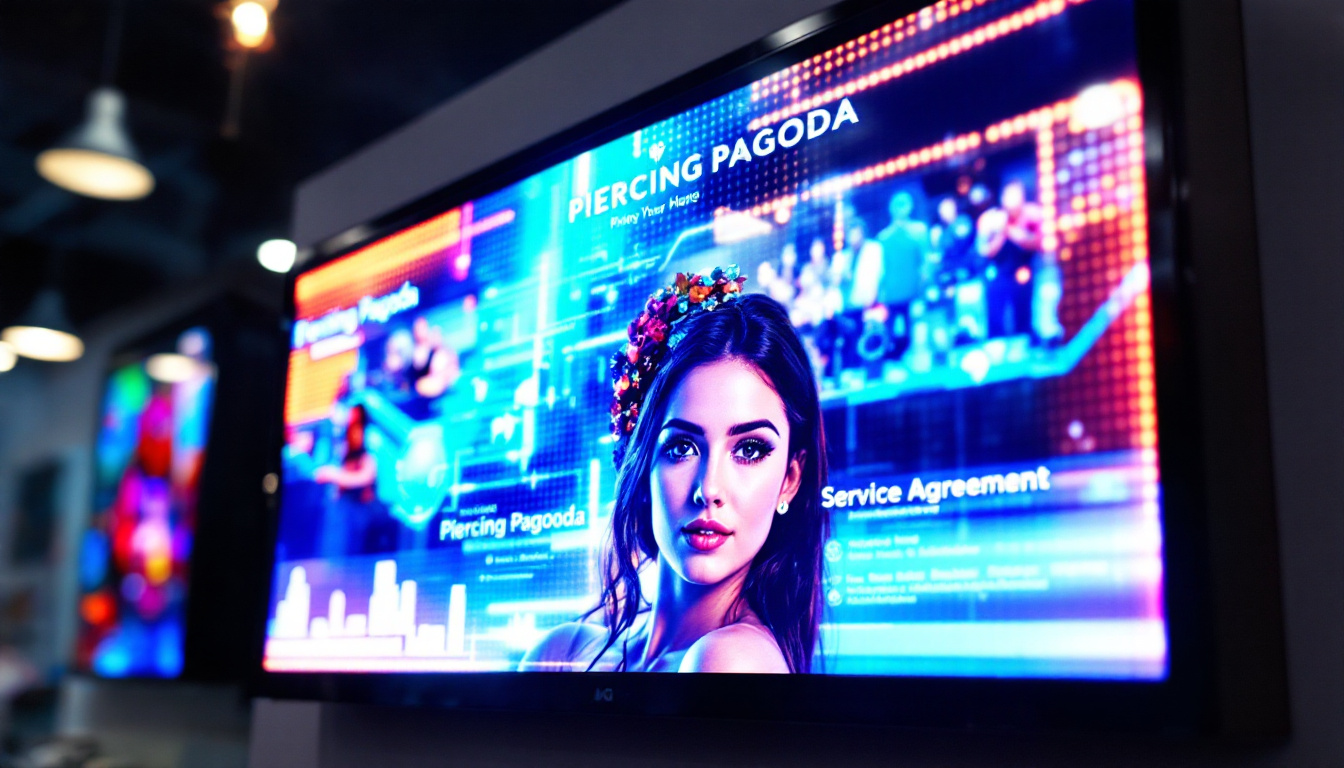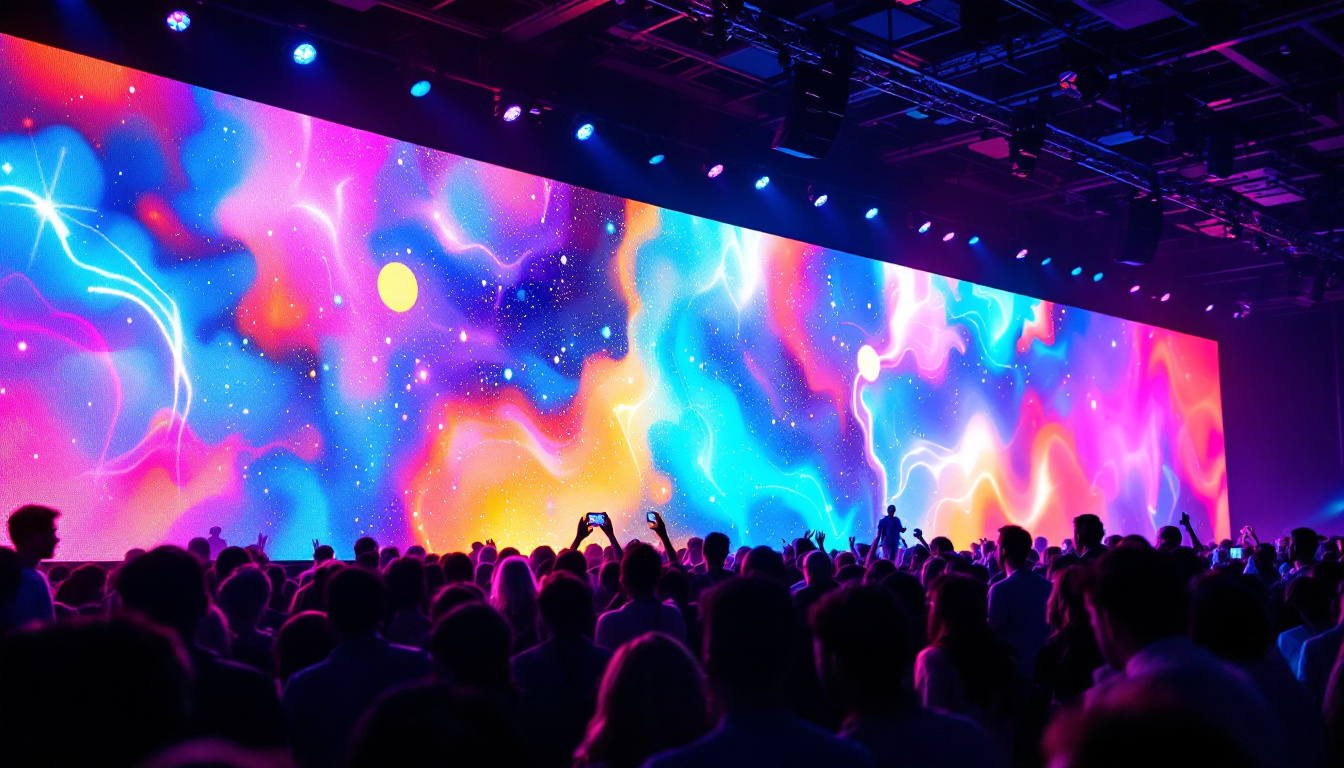In the realm of modern technology, LED displays have become ubiquitous, transforming how information is conveyed in various environments. From large outdoor billboards to small electronic devices, LED modules play a crucial role in delivering vibrant visuals and engaging content. This article delves into the intricacies of LED modules, exploring their functionality, types, applications, and advantages.
Understanding LED Modules
LED modules are essentially assemblies of light-emitting diodes (LEDs) that are designed to create visual displays. These modules can be configured in various ways to produce different shapes, sizes, and resolutions, making them highly versatile for numerous applications. At their core, LED modules convert electrical energy into light, offering a highly efficient means of displaying information. Their efficiency not only contributes to lower energy consumption but also results in a longer lifespan compared to traditional lighting solutions, making them an attractive option for both commercial and residential uses.
Components of LED Modules
Each LED module consists of several key components that work together to produce light. The primary component is the LED itself, which emits light when an electric current passes through it. Other essential components include:
- PCB (Printed Circuit Board): This serves as the base for the LEDs and provides the necessary circuitry to connect them.
- Resistors: These are used to limit the current flowing through the LEDs, ensuring they operate within safe parameters.
- Connectors: These facilitate the connection of the module to power sources and control systems.
By combining these elements, manufacturers can create LED modules that are not only efficient but also capable of producing a wide range of colors and brightness levels. Furthermore, advancements in technology have led to the development of smart LED modules that can be controlled remotely via smartphones or integrated into smart home systems, allowing for greater customization and automation in lighting design.
Types of LED Modules
LED modules come in various types, each designed for specific applications. The two most common types are:
- Single Color Modules: These modules emit light in one specific color, often used for signage or indicators.
- Full-Color Modules: These utilize red, green, and blue (RGB) LEDs to produce a full spectrum of colors, ideal for dynamic displays.
Additionally, there are specialized modules, such as those designed for outdoor use, which are built to withstand environmental factors like moisture and temperature changes. These outdoor modules often come with protective casings and enhanced sealing to ensure durability against rain, dust, and UV exposure. Moreover, some LED modules are designed for specific industries, such as automotive lighting or architectural illumination, where they can be integrated seamlessly into the design while providing optimal performance and aesthetic appeal. The versatility of LED modules continues to expand, paving the way for innovative applications in art installations, advertising, and even in the realm of horticulture, where they are used to enhance plant growth through tailored light spectrums.
How LED Displays Work
Understanding how LED displays function requires a look at the underlying technology. LED displays operate based on a matrix of pixels, each composed of one or more LEDs. The arrangement of these pixels determines the display’s resolution and clarity.
Pixel Configuration
The pixel configuration is critical in defining the quality of the display. Pixels can be arranged in various formats, such as:
- Matrix Configuration: This involves a grid layout where each pixel can be individually controlled, allowing for complex images and animations.
- Strip Configuration: This is often used for linear displays, where LEDs are arranged in a single line, suitable for scrolling text and simple graphics.
The choice of configuration will depend on the intended use of the display, with matrix configurations being more versatile for detailed images. For instance, in high-definition televisions and digital billboards, matrix configurations are essential as they provide the necessary pixel density to render sharp images and vibrant colors. Furthermore, advancements in technology have led to the development of flexible LED displays, which can be bent and shaped to fit unconventional spaces, opening up new possibilities for creative installations.
Control Systems
To manage the content displayed, LED modules are connected to control systems. These systems can range from simple microcontrollers to advanced software that allows for real-time updates and interactivity. The control system dictates how the LEDs illuminate, enabling the display of static images, videos, or dynamic content.
Modern control systems often incorporate features such as remote access, scheduling, and integration with other technologies, enhancing the functionality of LED displays. For example, many systems now support cloud-based management, allowing users to update content from anywhere in the world, which is particularly useful for businesses that operate in multiple locations. Additionally, some control systems are equipped with sensors that can adjust brightness based on ambient light conditions, ensuring optimal visibility at all times while also conserving energy. This adaptability not only improves user experience but also contributes to the sustainability of LED technology in various applications.
Applications of LED Displays
LED displays are employed across a wide array of industries, owing to their adaptability and effectiveness. Some of the most common applications include:
Advertising and Marketing
One of the most prominent uses of LED displays is in advertising. Billboards and digital signage in retail environments utilize vibrant LED modules to capture attention and convey messages effectively. The ability to change content quickly allows advertisers to tailor messages to different audiences and times of day, maximizing engagement. Moreover, the use of high-definition LED technology enables brands to showcase their products in stunning detail, making them more appealing to potential customers. This dynamic advertising approach not only enhances brand visibility but also encourages impulse buying, as eye-catching visuals can significantly influence consumer behavior.
Events and Entertainment
In the entertainment industry, LED displays are integral to concerts, festivals, and sporting events. They provide dynamic visuals that enhance the audience experience, often displaying live feeds, animations, and interactive content. The flexibility of LED modules allows for creative designs that can transform any venue. For instance, large-scale LED screens can be configured to create immersive environments, where visuals sync with music and performances, captivating audiences in ways that traditional screens cannot. Additionally, the lightweight and modular nature of LED technology facilitates easy setup and transport, making them a preferred choice for touring productions and outdoor events.
Transportation and Navigation
LED displays are also crucial in transportation, providing real-time information to passengers. Bus and train stations often feature LED screens that display arrival times, delays, and other pertinent information. Their visibility in various lighting conditions makes them ideal for outdoor environments. Furthermore, LED displays are increasingly being integrated into smart city initiatives, where they can provide not only transit information but also emergency alerts and public service announcements. This capability enhances public safety and ensures that commuters are well-informed, contributing to a more efficient transportation system overall. The durability and low maintenance requirements of LED technology also make it a cost-effective solution for municipalities looking to modernize their infrastructure.
Advantages of LED Displays
The popularity of LED displays can be attributed to several key advantages that set them apart from traditional display technologies. These benefits include:
Energy Efficiency
LED modules are known for their energy efficiency, consuming significantly less power compared to incandescent or fluorescent displays. This not only reduces operational costs but also minimizes the environmental impact, making LED technology a more sustainable choice.
Longevity and Durability
LED displays have a longer lifespan than many other display technologies, often lasting tens of thousands of hours. Their robust construction makes them resistant to shocks, vibrations, and extreme weather conditions, ensuring reliable performance in various environments.
High Brightness and Visibility
LED displays offer high brightness levels, making them easily visible even in direct sunlight. This feature is particularly beneficial for outdoor applications, where visibility is crucial for effective communication. The ability to adjust brightness levels also allows for optimal viewing in different lighting conditions.
Challenges and Considerations
While LED displays offer numerous advantages, there are also challenges and considerations to keep in mind when implementing this technology.
Initial Costs
The initial investment for LED displays can be higher than traditional display technologies. However, the long-term savings in energy costs and maintenance often offset this initial expenditure. It’s essential for businesses to evaluate their needs and budget accordingly.
Heat Management
LED modules generate heat during operation, which can affect their performance and lifespan if not properly managed. Effective heat dissipation solutions, such as heat sinks or cooling fans, are necessary to maintain optimal operating temperatures and ensure longevity.
The Future of LED Technology
The future of LED technology looks promising, with ongoing advancements enhancing their capabilities. Innovations in materials, design, and control systems are paving the way for even more versatile and efficient LED displays.
Smart LED Displays
As technology evolves, the integration of smart features into LED displays is becoming more prevalent. Smart LED displays can connect to the Internet of Things (IoT), enabling real-time data sharing and interactivity. This opens up new possibilities for personalized advertising, interactive installations, and enhanced user experiences.
Flexible and Transparent Displays
Emerging technologies are also leading to the development of flexible and transparent LED displays. These innovations allow for creative applications, such as curved screens or displays integrated into windows, providing new avenues for advertising and design.
Conclusion
LED modules are at the forefront of display technology, offering a blend of efficiency, versatility, and vibrancy. Their applications span across various industries, making them an essential tool for communication and engagement. As advancements continue to shape the future of LED technology, the potential for innovative uses and enhanced functionalities remains vast.
In summary, understanding LED modules and their capabilities is crucial for anyone looking to leverage this technology effectively. Whether for advertising, entertainment, or information dissemination, LED displays are set to play a pivotal role in the visual landscape of the future.
Discover LumenMatrix’s Innovative LED Solutions
Ready to elevate your visual communication with cutting-edge LED technology? Explore LumenMatrix’s comprehensive range of LED display modules, from vibrant Indoor and Outdoor LED Wall Displays to dynamic Vehicle and Sports LED Displays. Our solutions, including LED Poster Displays, Floor LED Displays, and Custom LED options, are designed to captivate your audience and amplify your message. With our All-in-One and Transparent LED Displays, the possibilities are endless. Check out LumenMatrix LED Display Solutions today and transform your space into a mesmerizing visual experience.

